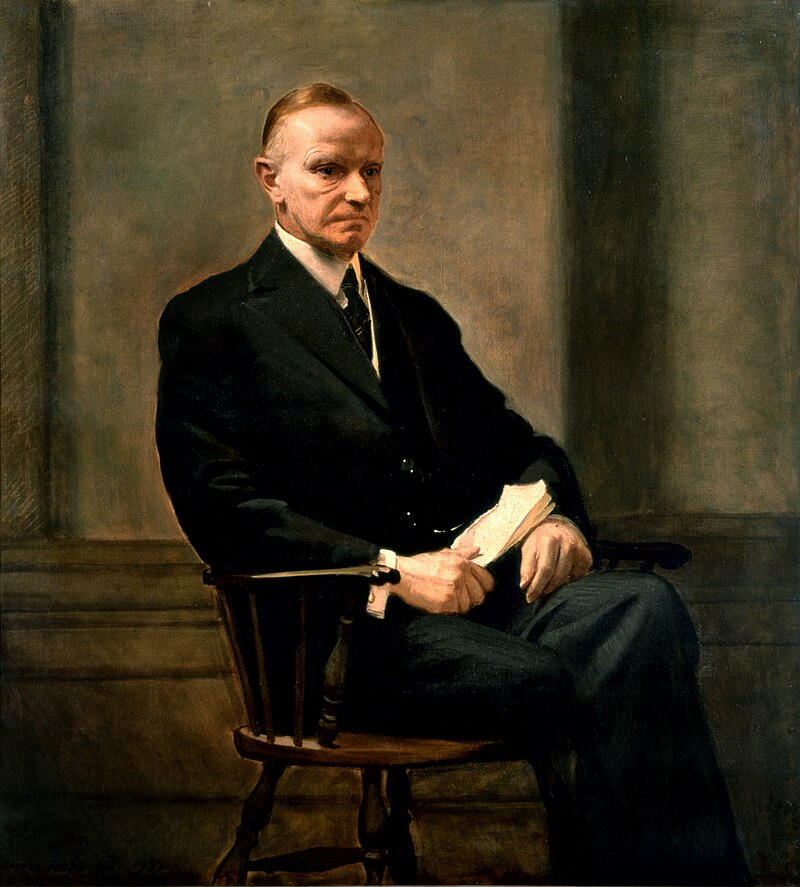Fiorello LaGuardia
1929-1933
Progressive
The Republicans had felt secure going into 1928. The economy was good, most were still optimistic about Prohibition, and their opposition was very young. However, their convention turned into an intense battle. Most expected popular former Commerce Secretary Herbert Hoover to be the nominee. However, Hoover ran as a moderate, planning to tone down the Mellon agenda in hopes of winning back defectors to the Progressives. Mellon angrily threw all of his support and power behind a candidate who could stop Coolidge. After an intense convention battle, Charles Curtis was narrowly nominated over Hoover, alienating many moderate Republicans. Meanwhile, the Democratic Party, divided between the northern liberals and the remaining Southern conservatives who hadn't yet defected to the Christian Peoples' Party, needed a compromise candidate. Al Smith already lost four years earlier, and many deemed him too wet and too Catholic to win. In the end, the Democrats went with Congressman Franklin Delano Roosevelt of New York, hoping he could win over moderate Progressives and Republicans and win the day.
However, the moderate Roosevelt took more votes from Republicans than he did Progressives, due to running a fairly conservative campaign and due to resentment by Hoover supporters. Meanwhile, Progressive nominee Fiorello LaGuardia ran a moderate campaign, and used his Vice Presidential nominee Burton K. Wheeler to keep western voters loyal. In a close election, La Guardia managed to win a majority of the electoral college and the presidency.
La Guardia's Progressives did not have a majority in either House, but their pluralities, combined with the remaining Democrats and moderate Republicans, managed to get some reforms passed. They repealed the Volstead Act, allowing states to decide whether or not to allow beer or wine to be sold, while keeping liquor illegal. They rose taxes on the wealthy, and managed to pass the Rural Electrification bill. However, the most ambitious plans, to create strong legal protections for organized labor and a social safety net and welfare state, failed to be realized. LaGuardia publicly announced support for equal rights for African-Americans, but Congress failed the pass anything substantial and the most he could do was to desegregate much of the federal government via executive order. La Guardia reached out to the Soviet Union, recognizing them and trying to start up relations, but the radical government under Leon Trotsky refused to deal with any "bourgeois state".
However, the main focus of LaGuardia's presidency was the economy. As a consequence of reckless Wall Street shenanigans of the past decade, a major recession occurred, commonly called the Crash or Panic of 1929. With the stock market collapsing and many people unemployed, it was the worst economic crash since the 1890s. Luckily for the people of America, LaGuardia leaped into swift action. Due to how low government spending and the national debt were, it was quite easy to increase spending to support the economy. LaGuardia got Congress to pass a series of massive public works projects, improving the infrastructure of America and employing the numerous unemployed people of the country. Under his direction, the US left the Gold Standard in 1931, a decision which was controversial at the time but has since been credited with saving the US economy. Through increases in the public works program, he managed to satisfy Priest James Renshaw Cox of Pennsylvania, and by giving veterans of the Great War preferential treatment in these programs, he satisfied the Bonus Marchers. While the Panic of '29 was one of the worst economic panics in US history, it never became a recession extraordinarily devastating.
Despite these successes, LaGuardia's popularity still took a hit due to the bad economy. At election day in 1932, more people were unemployed than had been four years before, and the economy still had yet to fully recover. Furthermore, the Republicans had cannibalized the Democrats in the midterm elections, and the party of Andrew Jackson had collapsed into a minor third party, no longer able to split the vote. Meanwhile, the Christian People's Party also collapsed, due to many of its members defecting to the GOP in an "Anyone-but-LaGuardia" campaign. LaGuardia fought hard, but ultimately lost reelection. While not very popular in his time, in the decades since LaGuardia has been praised by historians as a leader before his time, a good president who was unlucky, and as the man who saved the US economy from collapse.




